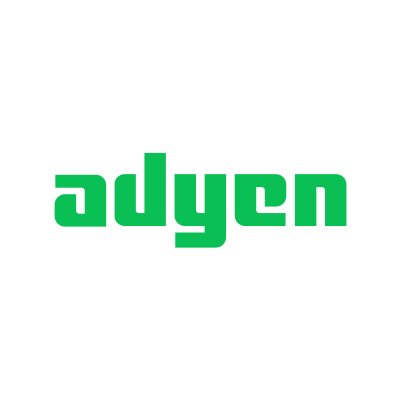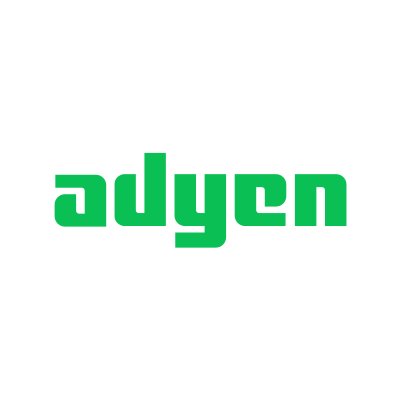Mock sample for your project: API V1
Integrate with "API V1" from change.local in no time with Mockoon's ready to use mock sample
API V1
change.local
Version: v1
Integrate third-party APIs faster by using "API V1" ready-to-use mock sample. Mocking this API will help you accelerate your development lifecycles and improves your integration tests' quality and reliability by accounting for random failures, slow response time, etc.
It also helps reduce your dependency on third-party APIs: no more accounts to create, API keys to provision, accesses to configure, unplanned downtime, etc.
Description
Other APIs in the same category

Issuing: Balance Platform API
The Balance Platform API enables you to create a platform, onboard users as account holders, create balance accounts, and issue cards.
For information about use cases, refer to Adyen Issuing.
Authentication
Your Adyen contact will provide your API credential and an API key. To connect to the API, add an X-API-Key header with the API key as the value, for example:
Going live
When going live, your Adyen contact will provide your API credential for the live environment. You can then use the API key or the username and password to send requests to https://balanceplatform-api-live.adyen.com/bcl/v1.
For more information, refer to our Going live documentation.
For information about use cases, refer to Adyen Issuing.
Authentication
Your Adyen contact will provide your API credential and an API key. To connect to the API, add an X-API-Key header with the API key as the value, for example:
Going live
When going live, your Adyen contact will provide your API credential for the live environment. You can then use the API key or the username and password to send requests to https://balanceplatform-api-live.adyen.com/bcl/v1.
For more information, refer to our Going live documentation.

SpectroCoin Merchant
spectrocoin.com
This is an API designed for merchants who are using SpectroCoin services and wishes to integrate them locally.
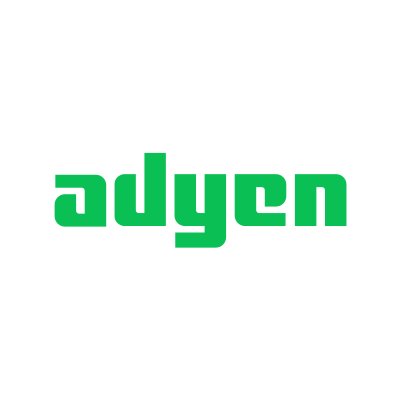
Adyen for Platforms: Fund API
The Fund API provides endpoints for managing the funds in the accounts on your platform. These management operations include actions such as the transfer of funds from one account to another, the payout of funds to an account holder, and the retrieval of balances in an account.
For more information, refer to our documentation.
Authentication
To connect to the Fund API, you must use basic authentication credentials of your web service user. If you don't have one, please contact the Adyen Support Team. Then use its credentials to authenticate your request, for example:
For more information, refer to our documentation.
Authentication
To connect to the Fund API, you must use basic authentication credentials of your web service user. If you don't have one, please contact the Adyen Support Team. Then use its credentials to authenticate your request, for example:
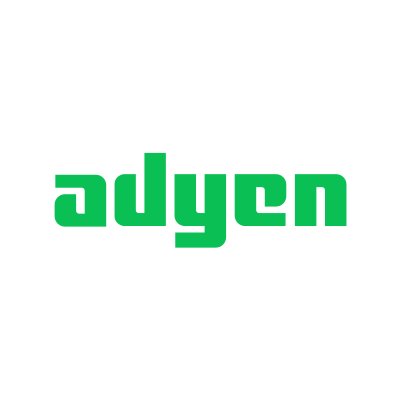
Adyen for Platforms: Account API
The Account API provides endpoints for managing account-related entities on your platform. These related entities include account holders, accounts, bank accounts, shareholders, and KYC-related documents. The management operations include actions such as creation, retrieval, updating, and deletion of them.
For more information, refer to our documentation.
Authentication
To connect to the Account API, you must use basic authentication credentials of your web service user. If you don't have one, contact the Adyen Support Team. Then use its credentials to authenticate your request, for example:
For more information, refer to our documentation.
Authentication
To connect to the Account API, you must use basic authentication credentials of your web service user. If you don't have one, contact the Adyen Support Team. Then use its credentials to authenticate your request, for example:
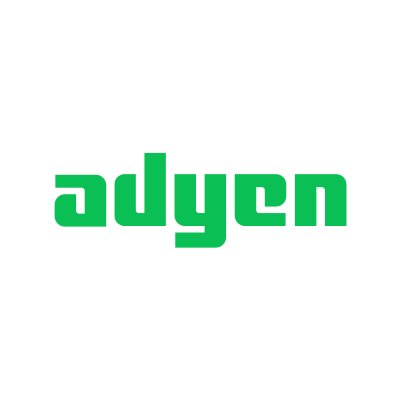
Adyen for Platforms: Hosted Onboarding
The Hosted onboarding API provides endpoints that you can use to generate links to Adyen-hosted pages, such as an onboarding page or a PCI compliance questionnaire. Then you can provide the link to your account holder so they can complete their onboarding.
Authentication
To connect to the Hosted onboarding API, you must use basic authentication credentials of your web service user. If you don't have one, contact our Support Team. Then use your credentials to authenticate your request, for example:
Authentication
To connect to the Hosted onboarding API, you must use basic authentication credentials of your web service user. If you don't have one, contact our Support Team. Then use your credentials to authenticate your request, for example:
Adyen Recurring API
The Recurring APIs allow you to manage and remove your tokens or saved payment details. Tokens should be created with validation during a payment request.
For more information, refer to our Tokenization documentation.
Authentication
To connect to the Recurring API, you must use your basic authentication credentials. For this, create your web service user, as described in How to get the WS user password. Then use its credentials to authenticate your request, for example:
For more information, refer to our Tokenization documentation.
Authentication
To connect to the Recurring API, you must use your basic authentication credentials. For this, create your web service user, as described in How to get the WS user password. Then use its credentials to authenticate your request, for example:
Balance Platform Transfers API
The Balance Platform Transfers API provides an endpoint that you can use to move funds within your balance platform, or to send funds from your balance platform to a transfer instrument.
For information on how the API is used in Adyen Issuing, refer to Manage funds.
Authentication
Your Adyen contact will provide your API credential and an API key. To connect to the API, add an X-API-Key header with the API key as the value, for example:
Going live
When going live, your Adyen contact will provide your API credential for the live environment. You can then use the username and password to send requests to https://balanceplatform-api-live.adyen.com/btl/v1.
For more information, refer to our Going live documentation.
For information on how the API is used in Adyen Issuing, refer to Manage funds.
Authentication
Your Adyen contact will provide your API credential and an API key. To connect to the API, add an X-API-Key header with the API key as the value, for example:
Going live
When going live, your Adyen contact will provide your API credential for the live environment. You can then use the username and password to send requests to https://balanceplatform-api-live.adyen.com/btl/v1.
For more information, refer to our Going live documentation.
API V1
change.local

Taxamo
taxamo.com
Taxamo’s elegant suite of APIs and comprehensive reporting dashboard enables digital merchants to easily comply with EU regulatory requirements on tax calculation, evidence collection, tax return creation and data storage.
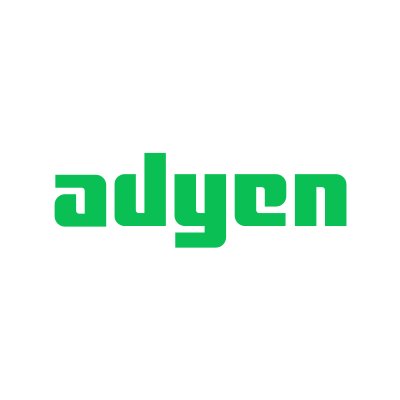
Adyen Checkout Utility Service
A web service containing utility functions available for merchants integrating with Checkout APIs.
Authentication
Each request to the Checkout Utility API must be signed with an API key. For this, obtain an API Key from your Customer Area, as described in How to get the Checkout API key. Then set this key to the X-API-Key header value, for example:
Authentication
Each request to the Checkout Utility API must be signed with an API key. For this, obtain an API Key from your Customer Area, as described in How to get the Checkout API key. Then set this key to the X-API-Key header value, for example:
